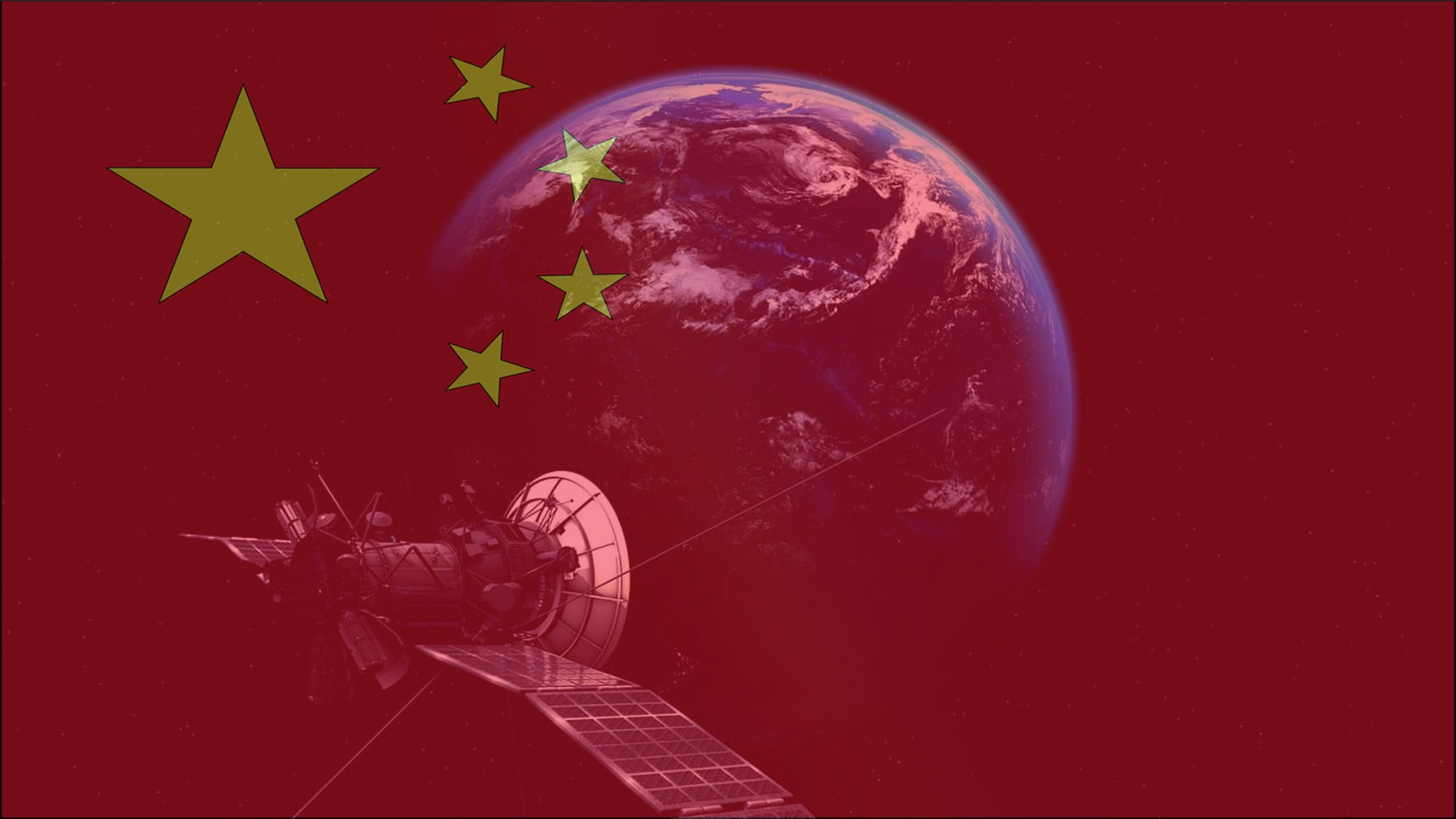This post is also available in:
 עברית (Hebrew)
עברית (Hebrew)
After China’s GalaxySpace developed the country’s first low-Earth orbit constellation that challenged SpaceX’s Starlink, the company recently developed a new type of plate-shaped satellite that will allow operators to establish a direct link to mobile phones for better internet service.
China Daily described the new-generation communication satellite as resembling a flat box on the ground, out of which the attached solar panels will extend when the satellite is in orbit.
Founder and chairman of GalaxySpace Xu Ming revealed during a space industry forum last week that engineers had developed an advanced and distinctive technology that facilitates the unfolding of solar panels in various directions, which is a critical aspect of the spacecraft.
According to Interesting Engineering, the engineers are also working on placing solar power units and phased array antennas on thin, foldable panels, optimizing signal transmission capabilities for broadband internet service through direct connections between users’ mobile phones and the satellite network.
Ming also stated: “Such satellites will feature large areas of solar power units and phased array antennas, which means they will have a very strong signal transmission capability. Once networked, the satellites will support broadband internet service through a direct connection between users’ mobile phones and the space-based system.”
GalaxySpace launched the first satellite with a flexible solar array earlier in July. Named “Lingxi 03”, it is equipped with a millimeter-wave multibeam digital payload and serves to verify low-Earth-orbit broadband communication systems, ultra-large energy systems, and active thermal control technologies.
With the new satellite, the company reportedly aims to enhance internet service by developing direct connections between user devices and space-based communication systems, thus improving signal transmission capabilities, and exploring next-generation satellite technologies.
Chinese sources reported that the country intends to set up a 13,000-satellite constellation in low Earth orbit that can be used to provide internet services in countries where it can exert its dominance, possibly disrupting the plans of international satellite operators.


























